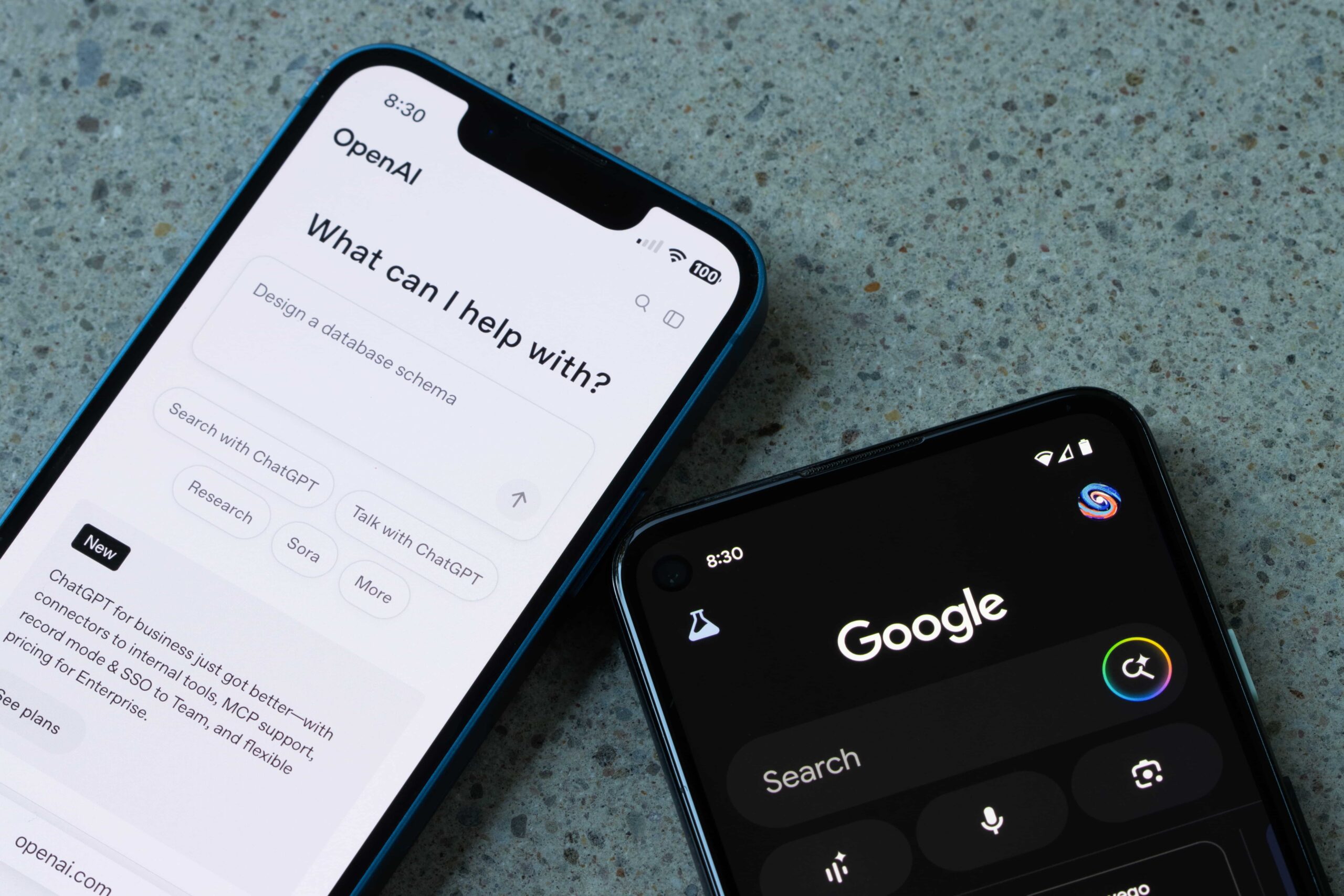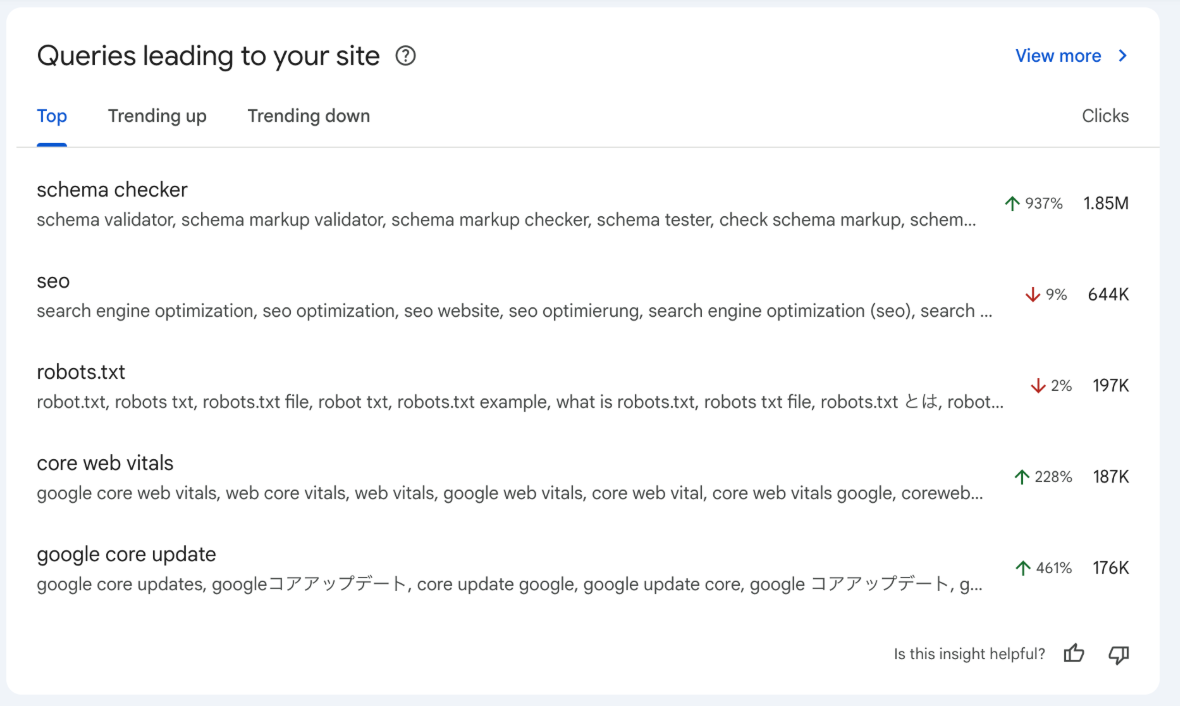Web Usability and SEO: An Inseparable Duo
Web usability, or UX (User Experience), is an essential pillar for any site that aims for more than just attracting traffic. UX and SEO (Search Engine Optimization) intertwine to turn visits into results, optimizing both navigation and search engine visibility. But how does usability enhance SEO, and vice versa? By creating intuitive, accessible, and fast websites, companies not only make it easier for users to access information but also for search engines to index it. Today, Google recognizes a site’s usability and rewards it with better rankings.
What UX Is and Why It’s Crucial for Websites
UX refers to how easily a user navigates and accomplishes their goals within a website. It’s not limited to visual design; it encompasses elements like accessibility, speed, simplicity, and satisfaction in interaction. When it comes to SEO ranking, good UX helps visitors spend more time on the page and reduces bounce rates—factors Google considers in its page ranking. User experience is so crucial that Google’s algorithm accounts for signals like “Pogo Sticking” and load speed, rewarding sites that maintain high-quality experiences.
How UX Influences a Site’s Ability to Attract Traffic
UX has a direct impact on web traffic. A site with a user-friendly structure and attractive design not only retains visitors but also converts them into repeat users, promoters, and potential customers. UX-oriented design ensures that key elements, such as information architecture, content, and navigation, align with user searches and expectations.
Imagine an online store where each product is poorly categorized and difficult to find. No matter how great its offerings, users will leave in search of a more intuitive alternative. Conversely, if the website is structured based on common searches and makes product access easy, it will not only gain traffic but also increase its conversion rate.
While SEO aims to attract organic traffic, good SEO focuses on attracting qualified traffic. This is where UX becomes essential, as it turns visits into smooth experiences, allowing users to achieve their goals without obstacles. A site with logical architecture, well-structured content, and simple navigation not only retains visitors but also facilitates search engine indexing. This allows Google to effectively crawl and rank content, enabling users to find what they need on the first try.
It’s a necessary combination: without understanding a user’s search intent and providing optimal, easily navigable content, achieving rankings is impossible. At some point, an SEO strategy will hit a roadblock if it fails to understand the user’s intent to find your site or “take care of them” once they’re on your site.
The Importance of Optimal Loading Speed
Loading speed is one of the most critical factors for usability and SEO. A site that takes more than three seconds to load is at high risk of abandonment, negatively affecting both user experience and search engine ranking. From an SEO standpoint, Google penalizes slow sites, which means that if your website doesn’t load quickly, its organic visibility will be compromised. From a UX perspective, users expect near-instant response; optimizing load speed is therefore essential for retaining them.
Logical Information Architecture
Information architecture refers to how site content is organized. For a site to be easy to navigate, its structure must reflect common searches and user needs. Organizing content with a clear hierarchy allows visitors to find what they’re looking for effortlessly and helps search engines crawl and understand the site.
If an online store has optimized architecture, users can navigate through well-defined categories and access products or services without confusion. This reduces friction in navigation and improves time on page—factors that influence SEO. Moreover, a logical structure facilitates content indexing, benefiting search ranking.
Readable Content
Readability is another pillar of UX and SEO. Structuring content with clear headings (H1, H2, etc.), bullet points, and bolded text to highlight important points improves both comprehension and SEO. Users tend to scan content rather than read it in depth, so presenting information clearly and accessibly makes navigation easier and reduces bounce rate.
Well-structured, easy-to-read text helps retain users while also allowing Google to understand the page’s relevance for specific topics or keywords. Thus, well-organized content improves user experience and, in turn, enhances SEO performance.
Useful, User-Oriented Internal Linking Structures
Internal links are a key component of both UX and SEO. A well-thought-out link structure allows users to access different areas of the site smoothly, without relying on multiple clicks or internal searches. This results in intuitive navigation that reduces frustration and encourages longer site visits.
From an SEO perspective, internal links strengthen the authority of relevant pages by guiding Google bots to high-value content. For example, a blog with strategic links to key products or categories in an e-commerce site enhances visibility and relevance in terms of ranking.
Preventing Errors and Ensuring Continuous Navigation
Navigation errors, such as broken links or 404 pages, are barriers that affect usability and user perception of site quality. A broken link can lead to a negative experience, prompting the user to abandon the page and reducing the site’s credibility.
In the digital world, web usability and SEO are two sides of the same coin. While SEO focuses on attracting traffic, UX aims to turn visits into positive and satisfying experiences. A site that prioritizes both SEO and user experience achieves higher retention and favorable search engine ranking.








